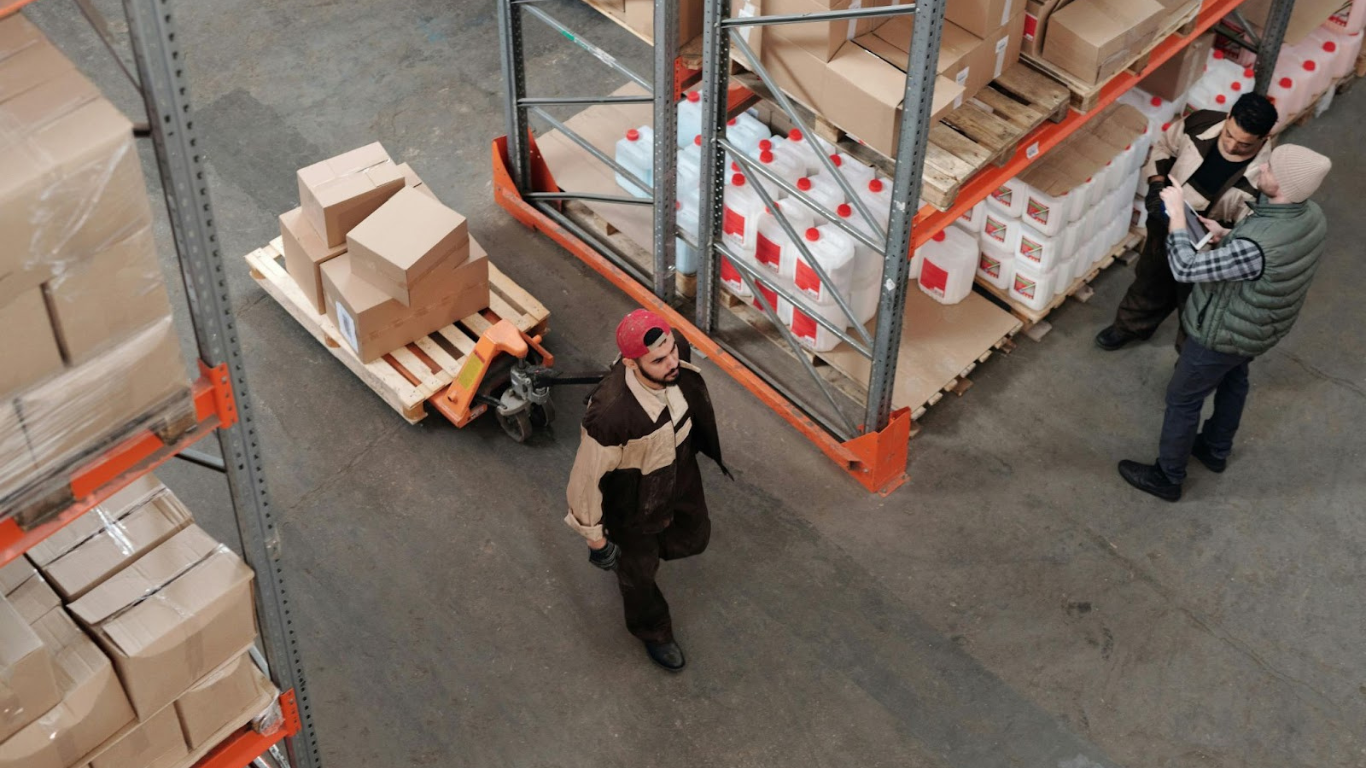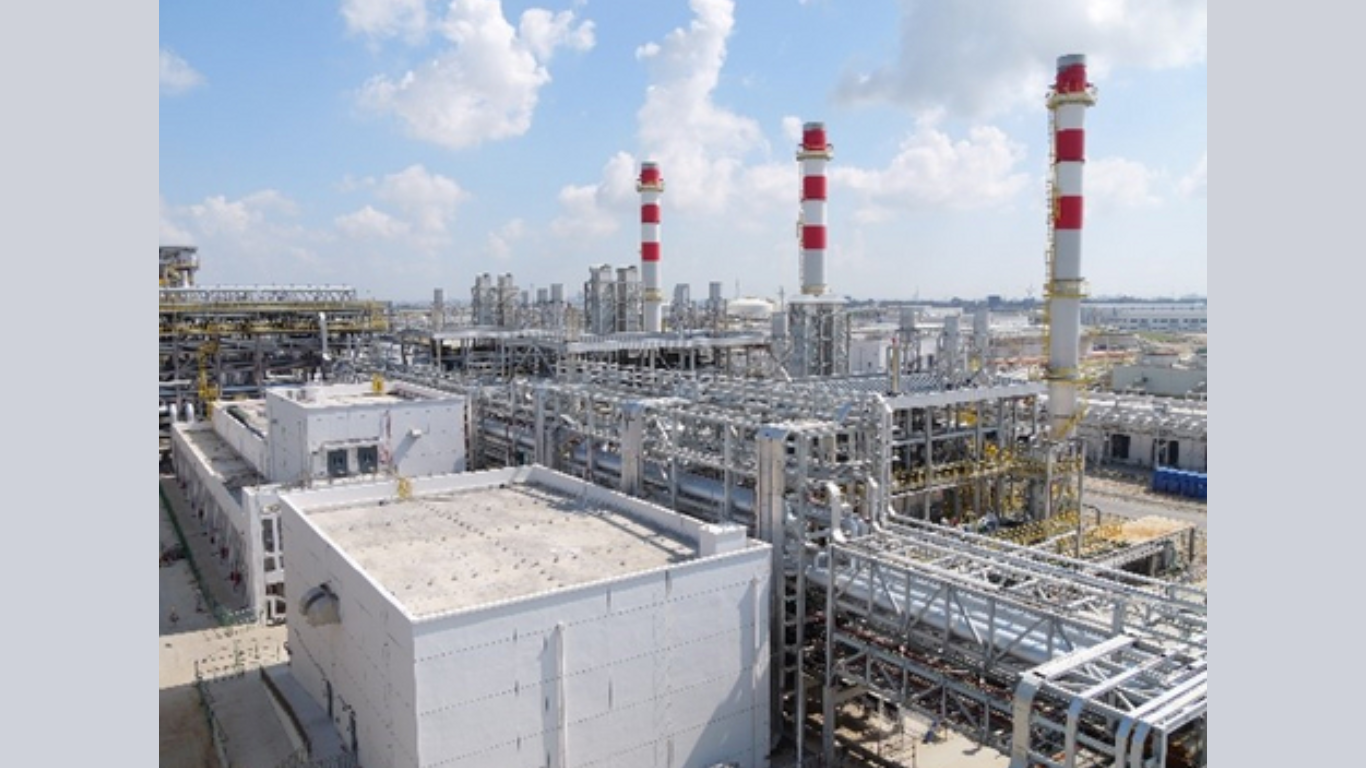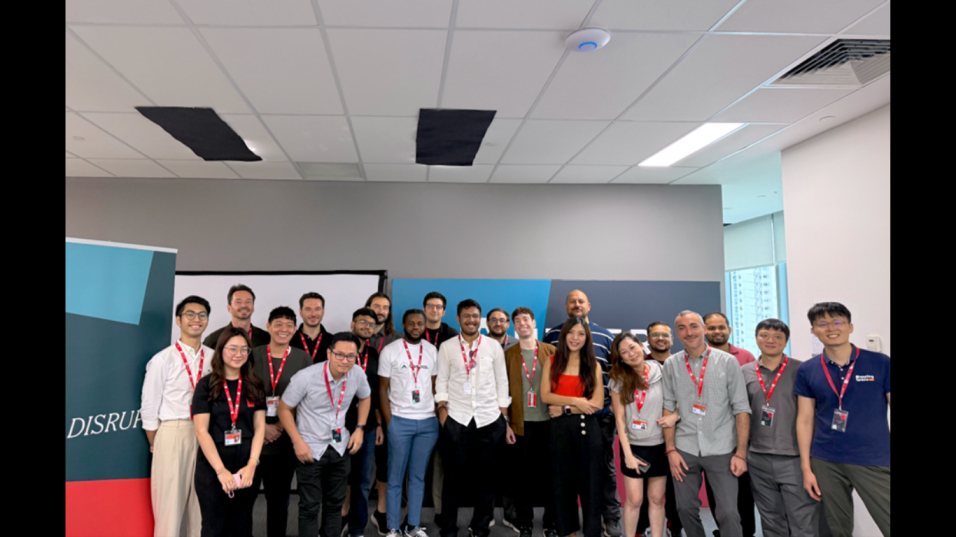Numerous companies consider customs clearance as the end point in global shipping. After the cargo passes inspection and the paperwork is approved, it’s easy to believe that the difficult part is finished. For logistics experts, that’s merely the halfway point. What comes next can be just as, if not more, difficult.
Post-customs, delays, miscommunication, and inconsistent infrastructure frequently arise. Cargo could remain inactive in ports or warehouses while awaiting collection, local transit, or handling. Although customs officials have significantly improved the speed of front-end clearance, the back-end process continues to rely heavily on collaboration among different participants—freight handlers, carriers, local delivery teams, and clients.
This article breaks down the key steps to tightening the shipping chain after clearance, from clearing bottlenecks to integrating smarter logistics and delivery systems.
Post-Customs Delays: What Hinders Shipments Following Clearance
Getting goods through customs is often viewed as a finish line in international shipping. Once that declaration reads customs clearance completed, many assume the cargo is ready to roll. But that phrase can be misleading. Clearance only confirms legal entry—it doesn’t guarantee that the shipment is moving efficiently toward its destination.
In reality, some of the simplest delays to avoid begin right after that moment. The shipment may experience delays in inland transport, stay unclaimed in storage, or be stuck between incompatible systems. Post-clearance inefficiencies can quickly undermine the benefits of a fast customs process, leading to wasted time, financial loss, and diminished customer trust.
Common Delays After Clearance
- Port congestion: Cleared shipments often sit at ports waiting for space or handling crews.
- Inland transportation lag: Trucks may not be pre-scheduled, or may arrive late.
- Paperwork mismatch: Errors in shipping instructions or delivery addresses can keep goods idle.
- Coordination gaps: Brokers, carriers, and final-mile teams may not be working off the same data or timelines.
Real-World Impact
A shipment might clear customs in 24 hours but remain in port storage for three to five days. These lags cost money—not only in demurrage fees, but in downstream delays. A delivery meant for a retail launch could miss the shelf date, leaving empty displays and missed sales.
To reduce this friction, businesses need to treat post-clearance as a critical, standalone phase—not just an automatic conclusion to customs work.
Seamless Handoff: Coordinating Customs Brokers, Carriers, and Delivery
Once customs officers finalize clearance, a fast and smooth handoff becomes the priority. Without clear communication and real-time tracking between players in the chain, time is wasted. Small inefficiencies multiply as cargo moves from one handler to the next. The key is not only speed—but accuracy, timing, and proactive planning.
Closing the Gaps Between Teams
A shipment’s journey includes several different parties:
- Customs brokers who manage documentation and inspections
- Freight forwarders are responsible for scheduling and handoffs
- Port handlers and warehouse teams who load and process goods
- Local transporters handling the final delivery
Breakdowns often happen when each party operates in a silo. Even a few hours of delay in data sharing can trigger overnight storage fees or missed connections.
Strategies to Keep Freight Moving
- Real-time tracking platforms: Everyone in the chain should have access to the same movement data.
- Pre-clearance coordination: Inland transportation should be booked before the shipment hits customs.
- Digital handoff protocols: Barcode scans, GPS pings, and auto-updated documents speed up every transfer point.
Case Example
A global electronics distributor reduced average port-to-warehouse transfer time by 36% by requiring integrated software access across all logistics partners. The customs team, freight forwarders, and local couriers all shared live updates via a centralized dashboard. This minimized confusion and let teams act without waiting for emails or calls.
Scaling Efficiency with Smarter Logistics and Predictive Tech
Moving goods quickly is no longer enough. Logistics teams now aim to move goods intelligently. That means planning routes that adapt to traffic, weather, or labor shortages. It means anticipating slowdowns before they occur. The shift from reaction to prediction is where real efficiency gains come from.
Technology Tools Making a Difference
- AI-based route planners adjust delivery routes dynamically to avoid delays.
- Predictive analytics forecast where congestion or backlogs are likely.
- Fulfillment hubs near major cities cut down final-mile delivery time.
- Integrated communications help delivery drivers, warehouse staff, and managers coordinate on the fly.
Why Post-Clearance Strategy Matters
Many businesses spend heavily on international logistics, only to lose margin on the last 10% of delivery. That’s where delays, rerouting, and customer complaints often spike. A strong post-clearance system keeps customers happy and costs controlled.
Real-World Results
A fashion label shifted from a national warehousing strategy to a regional hub model. They used customer location data to predict where demand would surge, and then strategically positioned products accordingly. The incorporation of smart routing cut delivery times from four days to two, simultaneously lowering shipping costs by nearly 18%.
Conclusion
Customs clearance might seem like a significant achievement, but it’s not the conclusion. It’s a turning point where velocity needs to be aligned with control and accuracy. Companies that pay attention to the whole process—particularly what occurs after the border is crossed—are more prepared to compete on speed, expense, and dependability of delivery. The most intelligent supply chains not only operate more quickly; they also operate in unison. To remain competitive, logistics planning must extend beyond clearance and encompass the warehouse, the truck, and the customer’s possession.
Blog as received in the mail































